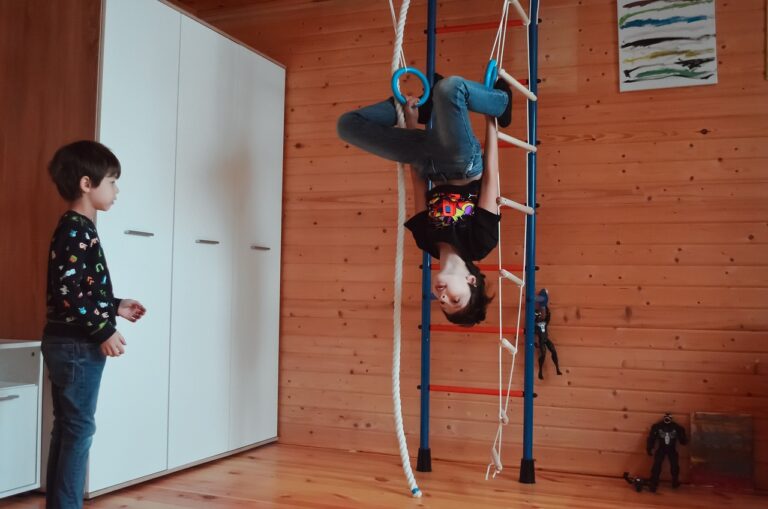The Rise of Digital Art Exhibitions: Exploring Virtual Galleries and NFTs
With the advancement of technology, virtual galleries have emerged as a novel platform for art appreciation. These digital spaces offer art enthusiasts the opportunity to explore and engage with artworks from the comfort of their own homes. By immersing visitors in a virtual environment, these galleries provide a unique and interactive way to experience art beyond the confines of traditional brick-and-mortar settings.
Moreover, virtual galleries break down geographical barriers, allowing individuals from around the world to access and interact with a diverse range of artistic expressions. Through high-quality images and interactive tools, viewers can appreciate the intricate details of artworks and gain a deeper understanding of the artist’s intent. The convenience and accessibility offered by virtual galleries have transformed the way art is perceived and experienced in the modern age.
The Evolution of Digital Art Exhibitions
Digital art exhibitions have transformed the way we experience and engage with art. In the past, art enthusiasts were limited to visiting physical galleries and museums to appreciate artworks. However, with the rise of digital art exhibitions, art lovers can now explore a vast array of artworks from the comfort of their own homes. This evolution has opened up new possibilities for artists to showcase their creations to a global audience without the constraints of physical space or location.
The immersive nature of digital art exhibitions allows visitors to experience art in innovative ways, often incorporating elements of virtual reality and multimedia installations. This dynamic shift in the art world has democratized access to art, making it more accessible to a broader audience. Additionally, digital art exhibitions have enabled artists to experiment with new mediums and techniques, pushing the boundaries of traditional art forms.
Understanding the Impact of NFTs on the Art World
In recent years, the art world has witnessed a significant shift with the rise of Non-Fungible Tokens (NFTs). These digital assets have opened up new possibilities for artists to showcase and sell their work, while also challenging traditional notions of ownership and provenance in the art market. By leveraging blockchain technology, NFTs provide a secure and transparent platform for artists to mint unique digital creations, leading to a surge in interest and investment in digital art.
The impact of NFTs has been especially pronounced in the realm of digital art, where artists are exploring innovative ways to create, exhibit, and sell their work online. This new form of art ownership has attracted a diverse range of collectors, from seasoned art enthusiasts to tech-savvy investors, who are eagerly participating in online auctions and marketplaces to acquire NFTs. As the art world continues to adapt to this digital revolution, NFTs are reshaping the way we perceive and interact with art, challenging traditional structures and conventions in the process.





